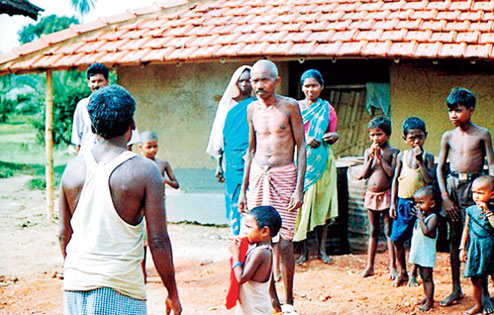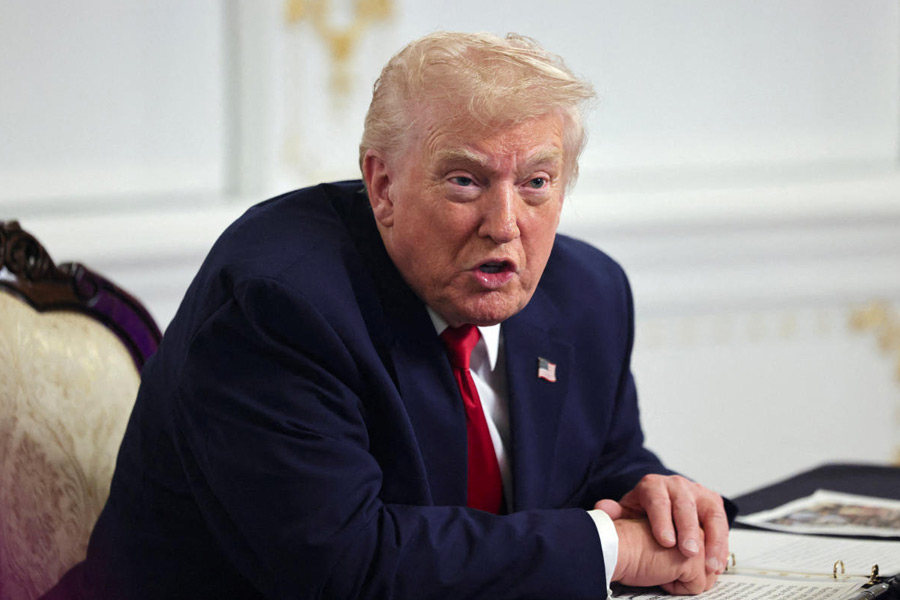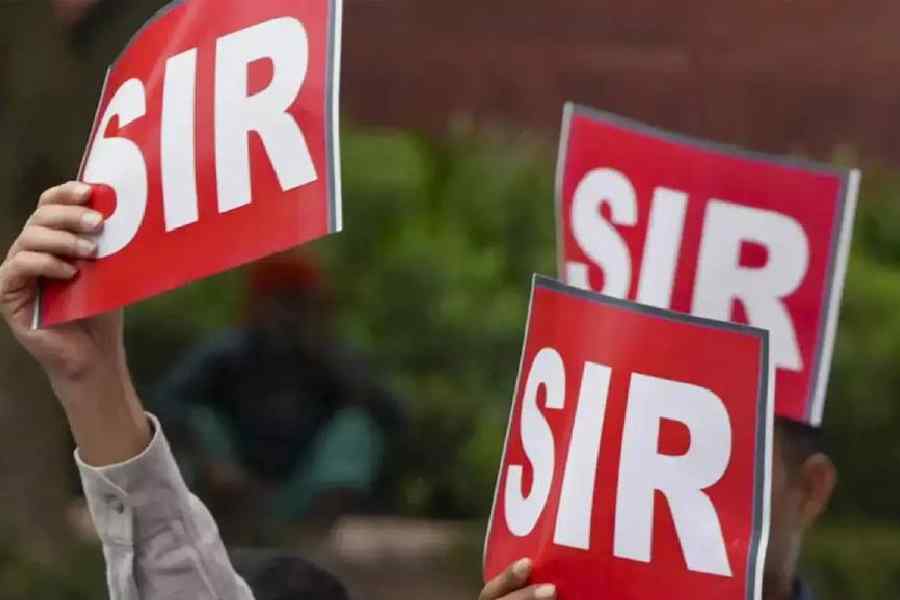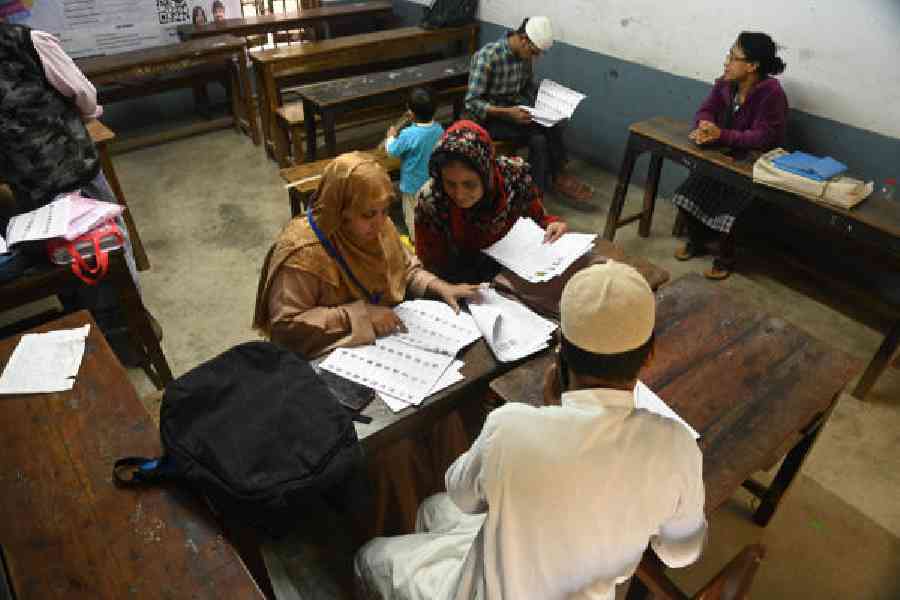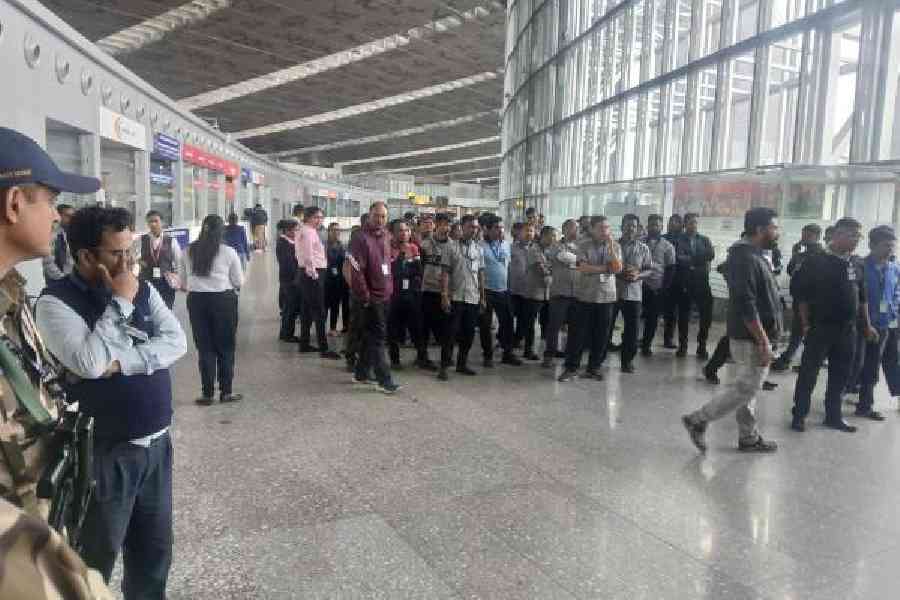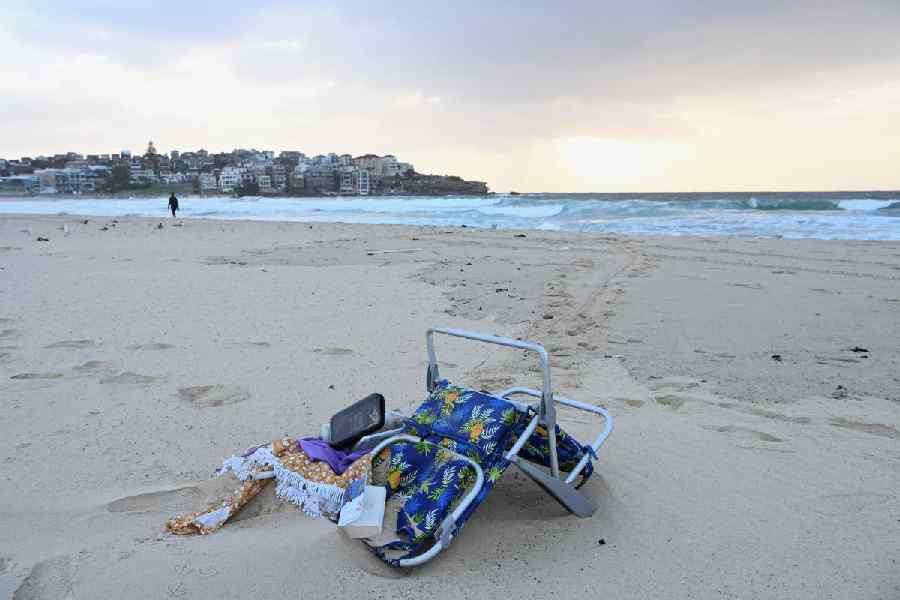 |
| Members of a vulnerable tribal group in Lohardaga |
A cultural renaissance of the Particularly Vulnerable Tribal Groups (PVTGs) of Jharkhand is not a distant dream.
In an attempt to prepare a directory of their dying livelihood skills, art forms and forgotten rituals as well as to revive the same, the state art and culture department has decided to organise a five-day workshop-cum-festival soon.
A meeting is scheduled on October 22 at Project Building to decide on the date and chalk out modalities for the programme.
In Jharkhand, there are nine PVTGs — Asur, Birhor, Birjia, Hill Kharia, Korwa, Mal Paharia, Parhaiya, Sauria Paharia and Sabar. According to the 2011 Census, these groups are settled in different districts and add 4.8 lakh to Jharkhand’s population.
Assistant director of the department Vijay Kumar Paswan said they wanted to document the life of the PVTGs and give a fresh impetus to their endangered customs and traditions.
“At present, we have limited knowledge about the art and culture of PVTGs. We must identify veterans who have keen knowledge of the art forms and give them an opportunity to revive the same,” Paswan added.
Former head of the tribal language department of Ranchi University Giridhari Ram Ganjhu, who is guiding the department in hosting this festival, said, “The PVTGs should be referred to as the first scientists. For instance, the Asurs are undoubtedly the first iron smelters who know how to produce rust-free products. One will be amazed to see that the century-old trishul in Tanginath in Gumla has still not gathered rust. So, it is important to help these tribals pass on their knowledge to generations to come.”
Ganjhu stressed that the art forms of PVTGs were aboriginal and yet scientific. “Their rituals and cultures have a scientific base. Though they prefer to stay far from civilisation, their culture has answers to many present day problems,” he added.

